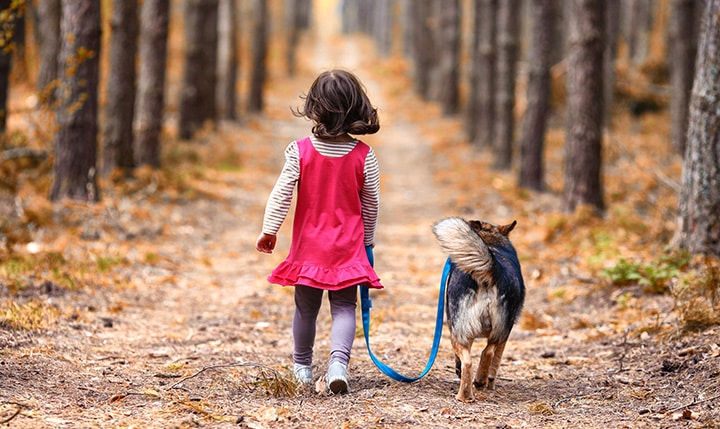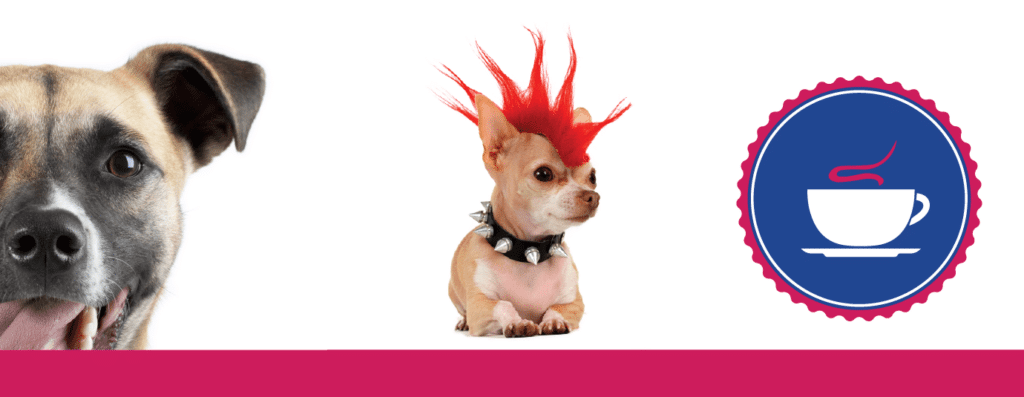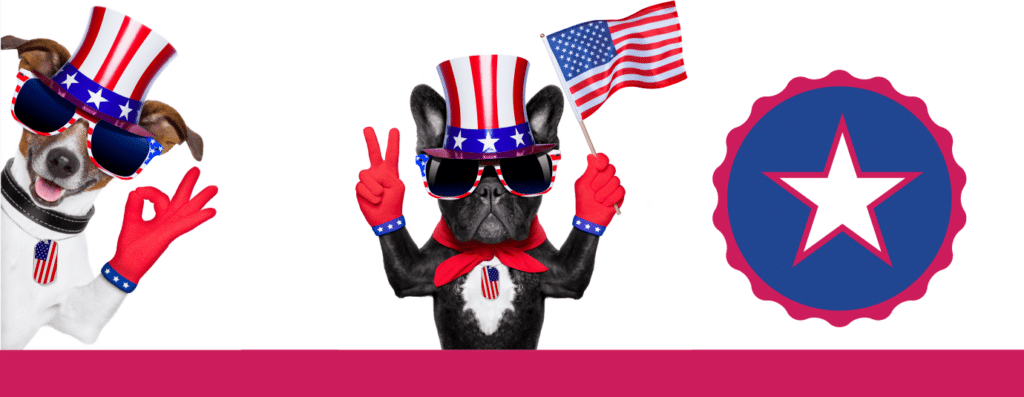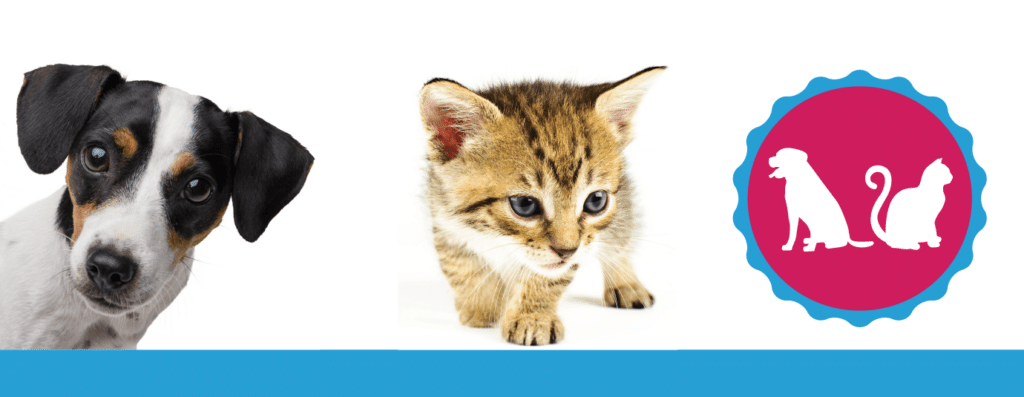Relieve the Stress of Introducing Dog to Baby with These Tips to Make the Experience Memorable
Dogs are innately attuned to their owners. Most likely, as the nine months has progressed, your dog has felt the change in the air. Whether you have a nervous dog, a temperamental one, or a lover—using good judgment when it comes time for introducing the dog to your baby will help relieve stress. Studies have shown that a dog\’s dander is actually good for an infant\’s immune system! Yet making sure your dog is ready for the transition is important. This is for your child\’s safety and the dog\’s too. There are a few tricks and behavioral approaches you can use with your dog to ready them for the change.
Once a baby enters the house, inevitably, the dog will lose the spotlight as the center of attention. Your newly born child is going to take up much of your time. Your dog might exhibit some jealousy. Dogs can become confused with the new stimulus—the sight and smells of a little human creature might throw him off. As the family\’s routine changes, adjusting to the new baby, your dog\’s schedule will change too.
Preparing for this can be a smooth transition with careful preparation. A few dog training techniques and a peaceful introduction will support the bonding experience between your dog and the baby.
Start Before You Bring Home the Baby
Before the baby arrives is the best time to begin the acclimation process. Gradual changes to your dog\’s routine will help prepare him. The trick is for the dog not to associate these changes with the baby. This will alleviate any tension.
You might need to change when your dog sleeps or introduce a dog crate if you don\’t already have one. If your dog likes to jump up, blocking him off from the baby\’s room will be helpful. Teaching your dog the trick \”go to your place,\” will also be extremely helpful. During times when you need your dog to be relaxed and out of the way use this command.
You don\’t need to \”wean your dog off affection\” but be aware that if your time spent with the dog lessens, he might get jealous or anxious. The best way to handle this is to not have any abrupt changes when the baby comes home. You want to establish a positive association with the arrival of the baby.
You can play baby sounds at increasing intervals for your dog to adjust to the new sounds. It might seem excessive, but remember a dog\’s hearing is much more acute than humans. A dog can hear a frequency range between 67-45,000 Hz compared with a human\’s range at 64-23,000. This means that a baby\’s crying might be frightening for a dog or at the very least unfamiliar and strange.
This same positive association exercise applies to smells. Before introducing the dog to your baby, take an article of the baby\’s clothing and let your dog sniff to get accustomed to the scent. Give him a few treats for the positive association.
How to Handle the First Day
Just to be on the safe side, it\’s a good idea to introduce your two children—one four legged, one two—a few days after you bring the two legged one home. Greet your dog alone first. You don\’t want him to get excited and jump up on the baby. Of course, your dog is going to know something\’s up, but this gives you and your spouse time to prepare, and time for the dog to adjust. A meeting in closer proximity should happen a few days later, especially if your dog is anxious.
When the time arrives put your dog on the leash first and allow him to sniff the baby. Praise, treats, and pets! Make sure your dog feels the love so that he can associate this with the baby. Most dogs have no trouble adapting, but being precautious never hurt. If everything goes smoothly, next time, you can have the two meet without the leash. Always allow your dog to approach the baby—invites prevent bites. If your dog has the choice to interact, they will respond better.
As the family settles down, don\’t forget to continue to give plenty of affection when the baby is around. You don\’t want him to identify good things with the baby\’s absence. Once your baby begins to crawl make sure you are always close by watching. Dogs are tolerant but babies are exploring the world for the first time. They might pull on a dog\’s tail or ears. Natural canine behaviors for communicating warnings could be snapping or growling.
Most of these tips are provisions. More than likely your dog and baby will be pals at first sight. Your dog will recognize your baby as one of the family and even be protective of your child!
Get Your Dog Relaxed
One of the best ways to have your dog be in the calmest state is treating them to a day of luxury at the pet spa. Splash and Dash Groomerie & Boutique offers tons of therapeutic and cleansing services for all dogs. Not only will your dog be nice and clean for the first day they will be relaxed.
Splash and Dash has an aromatherapy relax treatment with Canary Islands Lavender and Soothing Chamomile. Lavender is used as a tonic for healing burns and deters fleas as a strong antiseptic while Chamomile has pure fatty aromas which work as a natural sedative with exfoliating properties.
The Splash and Dash signature service is also something to consider with a newborn. Most of your time will be preoccupied with caring for your two-legged child. You don\’t want to neglect the \’pupperoni.\’ With the signature service, you can drop the dog off for unlimited bathing and brushing at your convenience. This will free up your time for the more fun parts of having a dog.
Splash and Dash Services Include:
- Standard & Showroom Style Grooming
- Bath & Brush
- Teeth Brushing
- Nail Trimming
- Aromatherapy
- Facials
- Pawdicures
- De-Matting
- De-Shedding
- Ear Cleaning
- And More!
We hope you new parents found this article helpful and we wish you congratulations and best wishes! Play Dirty. Live Clean!
Follow Splash and Dash Groomerie & Boutique:
- Website: http://splashanddashfordogs.com/
- Website: https://splashanddashfranchise.com/
- Facebook: https://www.facebook.com/splashanddashfordogs/
- Instagram: @splashanddashfordogs
- LinkedIn: https://www.linkedin.com/in/dan-j-barton-622ab517
- Twitter: splashanddash4dog



